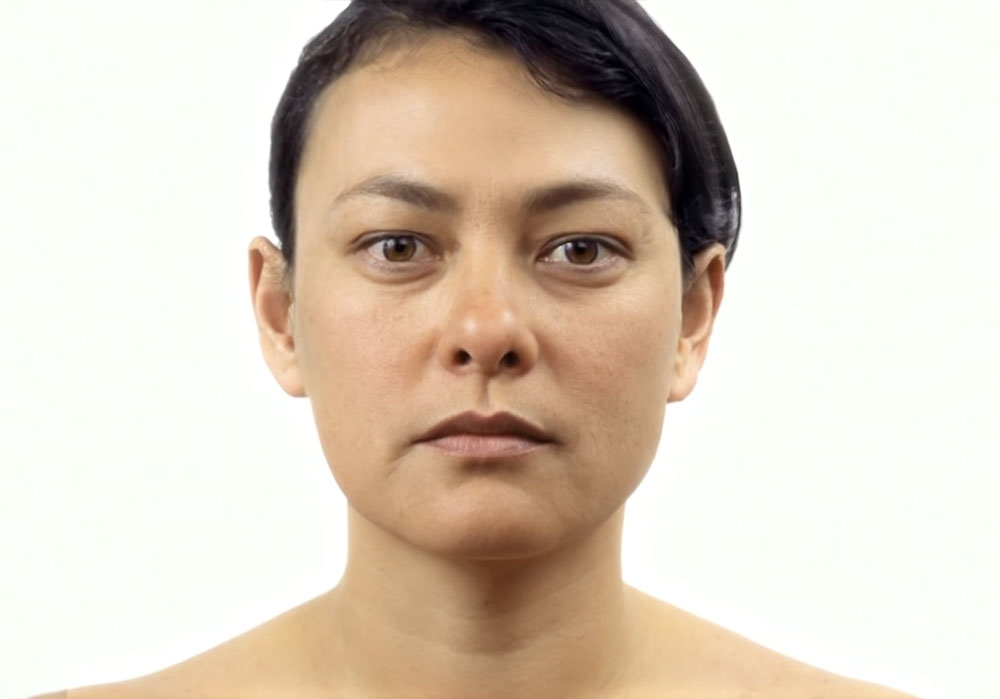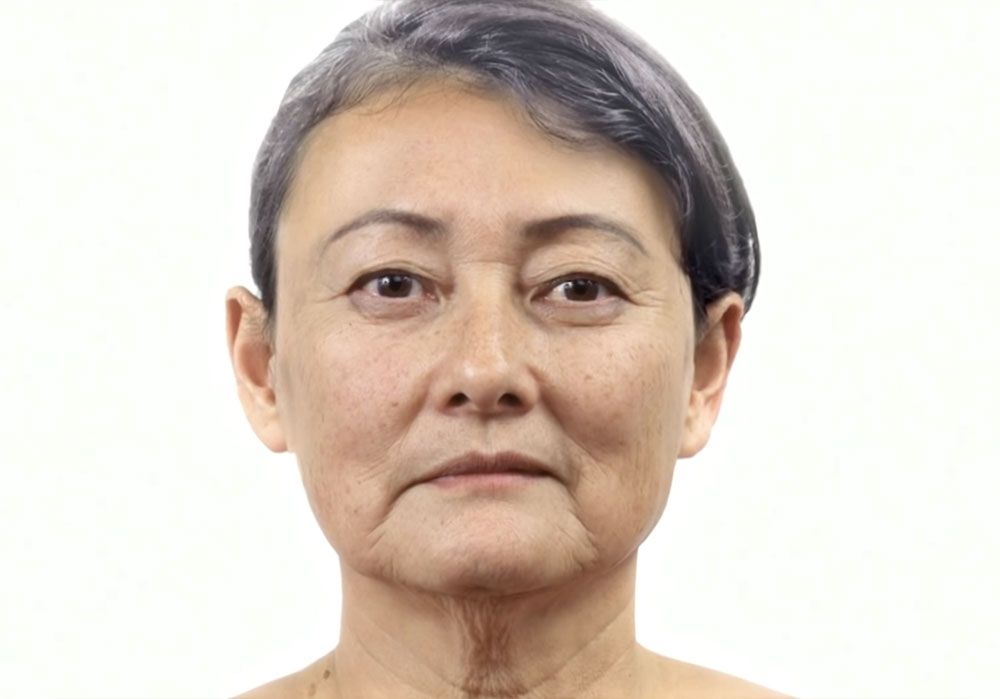The most important non-modifiable factor determining how quickly we age is our genetic predisposition. From 20 years of age, our supportive collagen and elastin stores degrade by 1% per year and by the age of 35 the ability of our fibroblasts to produce new collagen ceases.
Modifiable factors including very expressive faces, smoking, sun exposure, pregnancy and environmental pollution also contribute to the rate at which we age.
As the years advance, the collagen and elastin framework underpinning the skin weakens and loss of bone and deeper fat cushions further reduce the structural support that keep it taut, firm and youthful.
As a result, our skin loses its snap, becoming stiffer and less elastic. Its ability to stand up to the effects of gravity pulling downwards diminish causing the skin to droop and sag. Most people would prefer more youthful looking skin.
When exposed to continual movement of the underlying muscles, creases in the skin develop in the form of fine lines and wrinkles.
The complex choice of which technology or product to utilise in the treatment of The Ageing Face is often taxing for the most experienced clinician. It depends on numerous factors and requires a structured sequential approach.
At The Body Work Clinic, we initially divide the complete facial ageing process into 4 separate stages. Following a detailed medical consultation, you will be allocated to the appropriate stage which enables us to grade the degree of ageing requiring transformation.
The following changes are visible in the ageing face

The vision of youth

Stage 1: Superficial skin changes:
textural change, discolouration, pigment abnormalities, red blemishes, very fine lines and wrinkles.

Stage 2: Superficial wrinkles:
appearing only during the movement of underlying muscles (dynamic wrinkles).
Stage 2 may also include stage 1 components.

Stage 3: Deeper wrinkles:
present when the underlying muscles are relaxed and caused by the continual folding of the skin (wrinkles at rest).
Stage 3 may also include stage 1+ 2 components.

Stage 4: Laxity and Sagging skin:
caused by loss of deeper fat cushions and bone changes.
Stage 4 may also include stage 1, 2 + 3 components.
Each stage (eg Stage 3) is then further subdivided into categories (eg Nasolabial lines / Marionette lines / lower face laxity /Facial Thread Veins and Solar Lentigos) and each concern then rated as mild, moderate or severe. This enables the clinician to build a detailed treatment programme, that addresses your concerns and our clinical findings to deliver the desired level of enhancement or transformation required.
Your major concerns will be addressed first unless there is a clinical contraindication to proceed along your preferred route.
The medical consultation will address your specific concerns to build a bespoke treatment package. No two packages are the same, they are uniquely crafted to focus on your main areas of concern.
No single procedure can address all of the above undesirable changes.
To achieve high levels of clinical satisfaction, combination treatments are usually required utilising energy-based devices, Dermal Fillers and Botox®. This combination approach can often significantly reduce many of the unwanted signs of ageing.
The package is delivered in a sequential way, at your pace and budget, enabling you to control the degree of clinical enhancement or transformation.